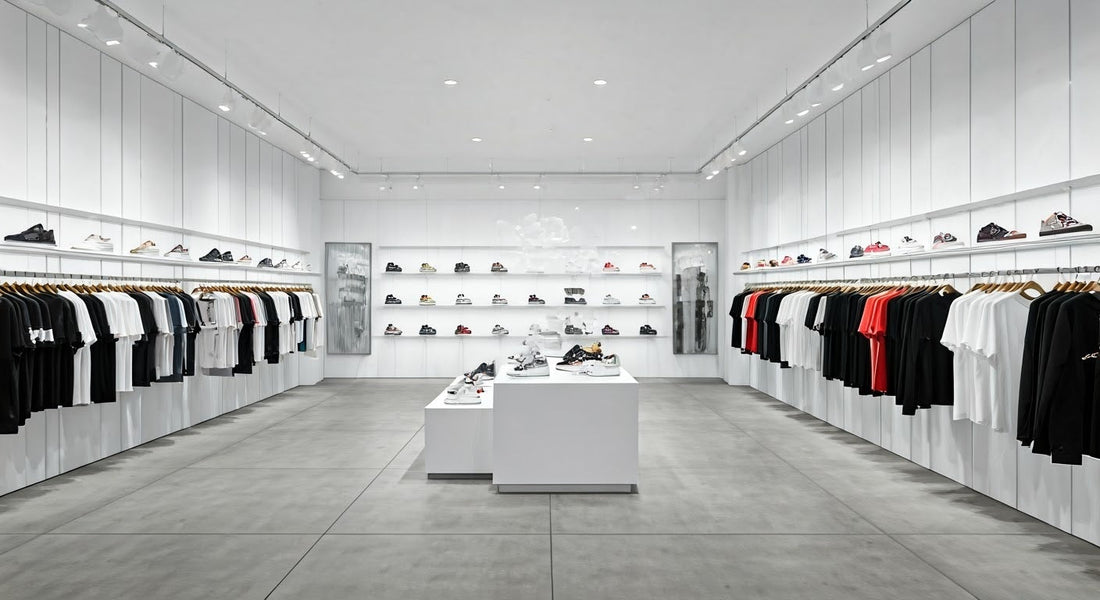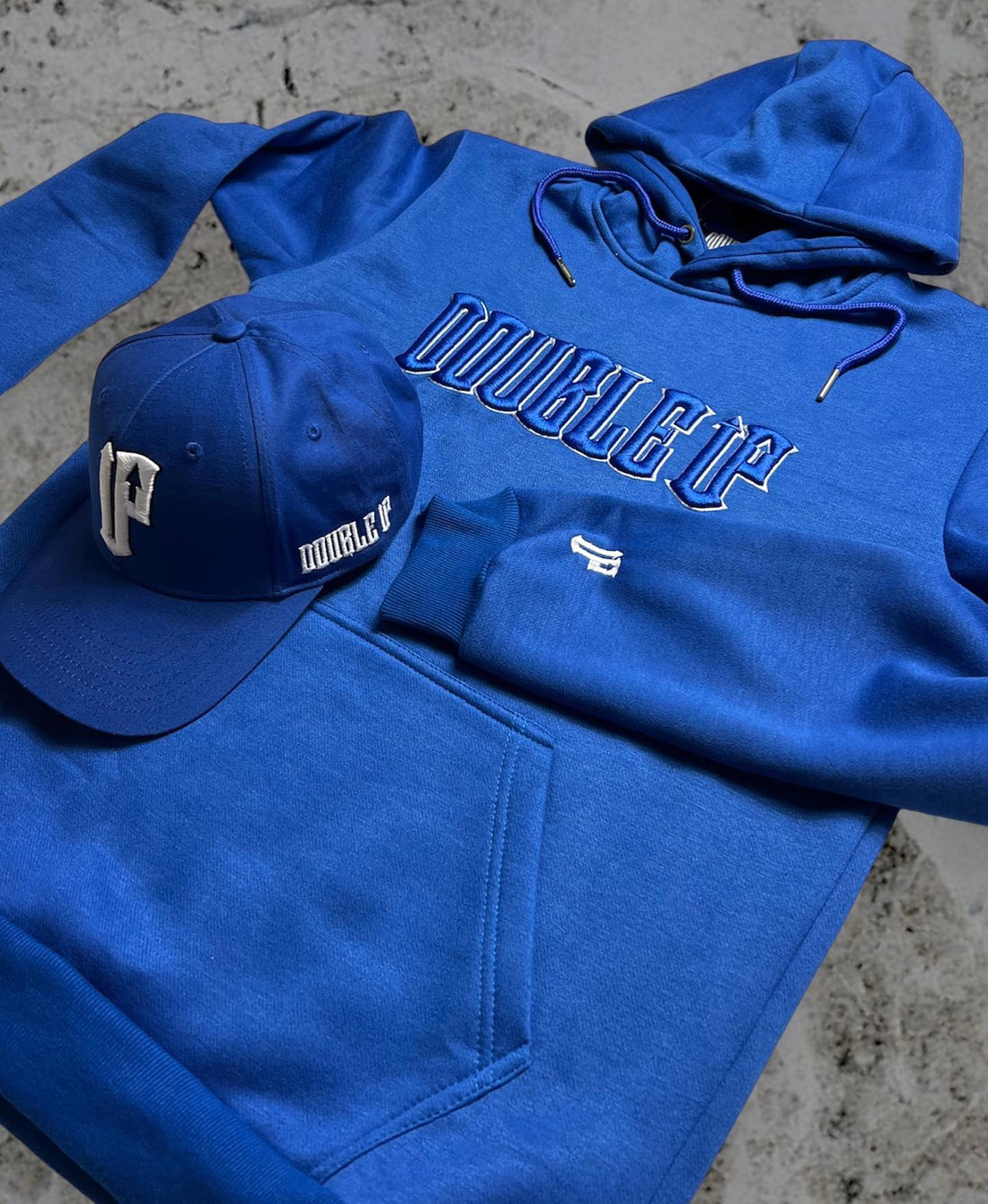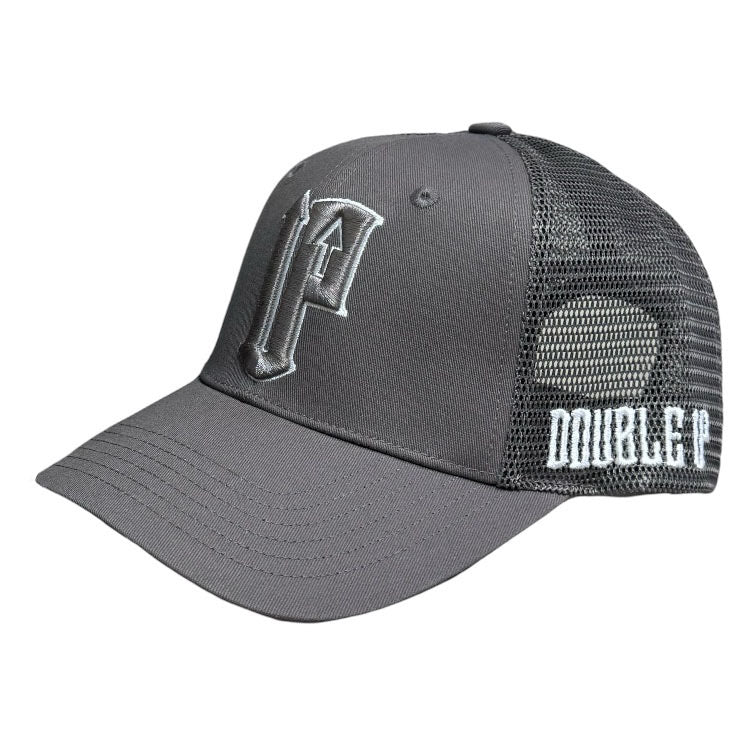
News
How Did Streetwear Become Luxury Clothing?
How Did Streetwear Become Luxury Clothing?
From underground subculture to luxury fashion staple: Discover the remarkable rise of streetwear.
Streetwear became luxury clothing through collaborations with high-end brands, appointment of streetwear designers at luxury fashion houses, and the rise of luxury streetwear labels, blurring the lines between the two worlds.
Key Takeaways:
- Streetwear's roots in hip-hop, skateboarding, and punk subcultures gave it an authentic, rebellious edge that resonated around the world.
- Luxury brands embraced streetwear aesthetics and collaborated with streetwear labels, blurring the lines between the two worlds and making high-end fashion more accessible.
- Limited edition drops and the hype generated by exclusive collaborations helped propel streetwear into the luxury sphere, driving demand and cultural impact.
The Rise of Streetwear: From Underground Subculture to Mainstream Fashion
Streetwear traces its humble beginnings to the underground subcultures of the 1980s and 1990s. Born out of the gritty streets of Los Angeles, New York, Tokyo and London streetwear emerged as a rebellious offspring of hip-hop, skateboarding, and punk cultures. These subcultures, each with their own unique style and attitude, laid the foundation for what would eventually become a major driver of fashion and culture.
The Origins of Streetwear: Exploring the Roots in Hip-Hop, Skateboarding, and PunkHip-hop, skateboarding, and punk were more than just music– they became lifestyles that shaped the fashion of the 1980s, hip-hop artists like Run-DMC and LL Cool J popularised brands such as Adidas and Kangol, setting the stage for streetwear's emergence. These artists' bold fashion choices, often featuring oversized clothing and sneakers, became synonymous with the legendary early hip-hop aesthetic.
Meanwhile, skateboarding culture was carving its own path in the fashion world. Skateboarders known for not caring, moved to brands like Vans and Thrasher. These brands, originally designed for functionality and durability, soon became iconic symbols of the skateboarding lifestyle.
Punk fashion, with its anti-establishment ethos and DIY approach, also played a significant role in shaping streetwear's rebellious spirit. Punk's influence can be seen in the use of unconventional materials, graphic designs, and a disregard for traditional style.

Key Players and Brands That Shaped the Early Streetwear Scene
The early streetwear landscape was defined by a handful of pioneering brands and individuals who dared to challenge the status quo. Shawn Stüssy, a surfer and designer from Laguna Beach, California, founded Stüssy in the 1980s. Stüssy's designs blended surf, skate, and hip-hop influences, creating a unique aesthetic that resonated at the time.
In 1994, Supreme opened its doors as a small skateboarding shop in New York City. Founded by James Jebbia, Supreme quickly gained a cult-like following thanks to its edgy designs, collaborations with artists and musicians, and limited edition releases. Supreme's success paved the way for other streetwear brands to follow suit.
Across the Pacific, in Tokyo, Nigo founded A Bathing Ape (BAPE) in 1993. BAPE's bold graphic designs, featuring the now-iconic Ape Head logo, and its innovative use of camouflage patterns, set it apart from other brands. BAPE's success in Japan and its subsequent global expansion helped solidify localised streetwear's international appeal.
The Role of Limited Editions and Exclusive Drops in Building Hype
One of the key factors that propelled streetwear from underground subculture to mainstream fashion was the strategic use of limited editions and exclusive drops. Brands like Supreme and BAPE mastered the art of creating scarcity and exclusivity by releasing products in small quantities, often through collaborations with other brands, artists, or celebrities.
These limited edition releases generated a sense of urgency among fans, who would go to great lengths to secure the bag. Supreme's collaborations with Louis Vuitton, Nike, Tiffany and other high-profile brands became instant sell-outs, with fans queuing up for hours or even days to get their hands on these exclusive pieces.
The resale and scalper market for streetwear exploded as a result of this scarcity-driven approach. Rare and highly sought-after items could fetch prices several times their original retail value, further fueling the hype surrounding these brands. The resale market not only provided a platform for fans to acquire hard-to-find pieces but also served to prove streetwears longevity.
As streetwear continued to gain popularity and mainstream acceptance, it began to blur the lines between street fashion and high fashion. Luxury brands, recognising the influence and potential of streetwear, started to collaborate with streetwear labels, bringing the once-underground subculture to the forefront of the fashion industry.
The Fusion of Streetwear and Luxury Fashion
In recent years, the fashion industry has witnessed a remarkable convergence between streetwear and luxury fashion. This fusion has redefined the boundaries of both worlds, creating a new era of fashion that celebrates creativity, individuality, and cultural relevance. As high-end brands began to recognise the power and influence of streetwear, they started incorporating its aesthetics into their collections, collaborating with streetwear labels, and appointing streetwear designers to key positions within their companies.
High-End Brands Embracing Streetwear Aesthetics and Collaborations
Luxury fashion brands have increasingly embraced streetwear influences, incorporating elements such as oversized silhouettes, bold graphics, and sneakers into their designs. Brands like Louis Vuitton, Gucci, and Balenciaga have all taken cues from streetwear, creating collections that appeal to a younger and more affluent audience.
One of the most notable examples of this fusion was the Louis Vuitton x Supreme collaboration in 2017. This groundbreaking partnership saw the iconic luxury brand join forces with the legendary streetwear label, resulting in a collection that sold out instantly and created waves in the fashion world.
Streetwear Designers Appointed at Luxury Fashion Houses
Another significant trend in the fusion of streetwear and luxury fashion has been the appointment of streetwear designers to key creative roles within luxury fashion houses. In 2018, Virgil Abloh, founder of the streetwear brand Off-White, was named the artistic director of Louis Vuitton's menswear. Abloh's appointment signalled a major shift in the industry's perception of streetwear and its place in the world of luxury fashion.
Other notable appointments include Nigo, founder of A Bathing Ape (BAPE), as the artistic director of Kenzo, and Matthew Williams, founder of 1017 ALYX 9SM, as the creative director of Givenchy. These appointments have brought fresh perspectives and streetwear-infused styles to traditional luxury brands.
The Influence of Streetwear on Runway Collections and Luxury Aesthetics
Streetwear's influence has permeated every aspect of luxury fashion, from runway collections to accessories and even haute couture. Luxury brands have incorporated streetwear-inspired elements into their designs, such as Balenciaga's chunky sneakers and oversized hoodies, and Gucci's use of bold logos and graphic prints.
This fusion has created a new aesthetic that blends the exclusivity and craftsmanship of luxury fashion with the edginess and cultural relevance of streetwear. It has also challenged traditional notions of what constitutes luxury, as streetwear-inspired pieces have become just as coveted and expensive as their more classical counterparts.
The Rise of Luxury Streetwear Brands and Their Impact on the Market
The fusion of streetwear and luxury fashion has also given rise to a new category of brands: luxury streetwear. Labels like Off-White, Fear of God, and Double Up have successfully combined streetwear aesthetics with luxury quality and pricing, attracting a dedicated following among fashion enthusiasts looking for high end materials and quality.
Some of these brands have experienced remarkable growth in recent years, with some achieving valuations in the hundreds of millions of dollars. Their success has demonstrated the power and potential of the luxury streetwear market, attracting investment from major fashion conglomerates and private equity firms.
Collaborations Between Streetwear and Luxury Brands: A Win-Win Strategy
Collaborations between streetwear and luxury brands have become increasingly common, offering mutual benefits for both parties involved. These partnerships allow luxury brands to tap into the cool factor and youth appeal of streetwear, while streetwear brands gain access to luxury brands' resources, craftsmanship, and prestige.
One notable example is the Dior x Air Jordan collection in 2020, which combined the iconic sneaker with Dior's signature grey and white palette. The collaboration generated massive buzz and sold out instantly, demonstrating the power of bringing together two seemingly disparate worlds.

The Sociocultural Impact of Streetwear's Ascent into Luxury
Streetwear's rise to prominence in the luxury fashion world has had far-reaching sociocultural implications. Beyond just influencing design aesthetics and brand collaborations, streetwear has become a powerful reflection of youth culture and inclusivity. It has challenged traditional notions of luxury, making high-end fashion more accessible and relatable to a wider audience.
Streetwear as a Reflection of Youth Culture, Diversity, and Inclusivity
Streetwear's roots in subcultures like hip-hop and skateboarding have imbued it with a sense of authenticity and relatability that resonates with younger people.
Many streetwear brands have made a concerted effort to feature diverse models, collaborators, and influencers in their campaigns and products. This commitment to representation has helped to create a more inclusive fashion landscape, where people from all backgrounds can see themselves reflected in the brands they admire.
The Role of Social Media and Influencers in the Popularisation of Streetwear
The rise of social media platforms like Instagram and TikTok has played a crucial role in the popularisation of streetwear in the luxury fashion world. These platforms have allowed streetwear brands to connect directly with their audience, showcasing their products, sharing their stories, and building engaged communities.
Influencers, such as musicians, athletes, and fashion bloggers, have also been instrumental in promoting streetwear brands and collaborations. By wearing and endorsing these products, influencers have helped to drive trends and generate hype, exposing streetwear to a wider audience and cementing its place in popular culture.
The Democratisation of Luxury: How Streetwear Made High-End Fashion More Accessible
Streetwear's emphasis on casual, comfortable, and versatile pieces has challenged traditional notions of luxury, which often prioritise formality and exclusivity. By introducing more relaxed and accessible styles into the luxury fashion world, streetwear has helped to democratise high-end fashion, making it more approachable and inclusive.
Collaborations between streetwear and luxury brands have played a key role in this democratisation process. You don’t have to wear stuffy suits, or far out fashion show style outfits to demonstrate luxury. You can now wear casual and comfortable luxury streetwear, in office spaces and at home.
The Blurring Lines Between Streetwear and Luxury: A Shift in Consumer Perceptions
As streetwear and luxury fashion have become increasingly intertwined, the lines between the two worlds have blurred, leading to a shift in consumer perceptions. The traditional distinctions between streetwear and luxury, such as price point, quality, and prestige, have become less clear-cut, with many brands now occupying a grey area between the two categories.
This blurring of lines has had a significant impact on consumer behaviour, with many shoppers now mixing and matching pieces from both streetwear and luxury brands in their personal style. This eclectic approach to fashion reflects a new generation of consumers who value individuality, authenticity, and self-expression over rigid fashion rules and hierarchies.
The Impact of Streetwear on the Resale Market and the Concept of Hype
Streetwear's emphasis on limited edition releases and collaborations has fueled a thriving resale market, where sought-after pieces can be sold for significantly higher prices than their original retail value. This resale market has become a key driver of the streetwear economy, with platforms like StockX and Grailed facilitating the buying and selling of rare and coveted items.
The resale market for streetwear and luxury items has experienced significant growth in recent years. In 2020, the global resale market was valued at $30 billion, with projections suggesting it could reach $64 billion by 2025. This growth can be attributed in part to the hype generated by streetwear brands and their collaborations, which have mastered the art of creating scarcity and driving demand.
The concept of hype, which refers to the buzz and excitement surrounding a particular product or release, has become a defining feature of the streetwear world. By leveraging hype through limited edition drops, exclusive collaborations, and strategic marketing, streetwear brands have been able to generate a sense of urgency and desirability around their products, driving sales and cultural impact. This has even spread into meme culture with a portion of customers referring to themselves as Hypebeasts, chasing the latest streetwear fashion.
As streetwear continues to shape the luxury fashion landscape, its sociocultural impact cannot be overstated. By challenging traditional notions of luxury, embracing diversity and inclusivity, and harnessing the power of social media and hype, streetwear has transformed the way we think about and consume high-end fashion. As the lines between streetwear and luxury continue to blur, it is clear that this dynamic and ever-evolving relationship will continue to redefine the fashion industry for years to come.
This change in the fashion industry was a major driver for Double Up, we wanted to create a luxury streetwear fashion brand that represented a lifestyle for the tenacious.. We wanted to create a clothing brand that represented hard work, perseverance, and self-belief in their career, personal life and beyond.
Check out our latest drops here
Frequently Asked Questions
Question 1: How has streetwear influenced the way luxury brands market their products?
Answer: Luxury brands have adopted streetwear's focus on limited edition drops and collaborations, using scarcity and exclusivity to generate hype and drive demand for their products.
Question 2: What role have musicians and celebrities played in the rise of streetwear?
Answer: Musicians and celebrities have been instrumental in popularising streetwear by wearing and endorsing brands, helping to expose them to a wider audience and cement their place in popular culture.
Question 3: How has the resale market impacted the perception of value in streetwear and luxury fashion?
Answer: The resale market has elevated the perceived value of certain streetwear and luxury items, with rare and coveted pieces often selling for significantly higher prices than their original retail value.
Question 4: In what ways has streetwear challenged traditional notions of gender in fashion?
Answer: Streetwear's emphasis on unisex and gender-neutral designs has challenged traditional gender norms in fashion, promoting a more inclusive and fluid approach to personal style.
Question 5: How has the rise of streetwear in luxury fashion impacted the way consumers shop and curate their personal style?
Answer: The fusion of streetwear and luxury has encouraged consumers to mix and match pieces from both worlds, curating eclectic and individualised styles that prioritise self-expression over rigid fashion rules.











